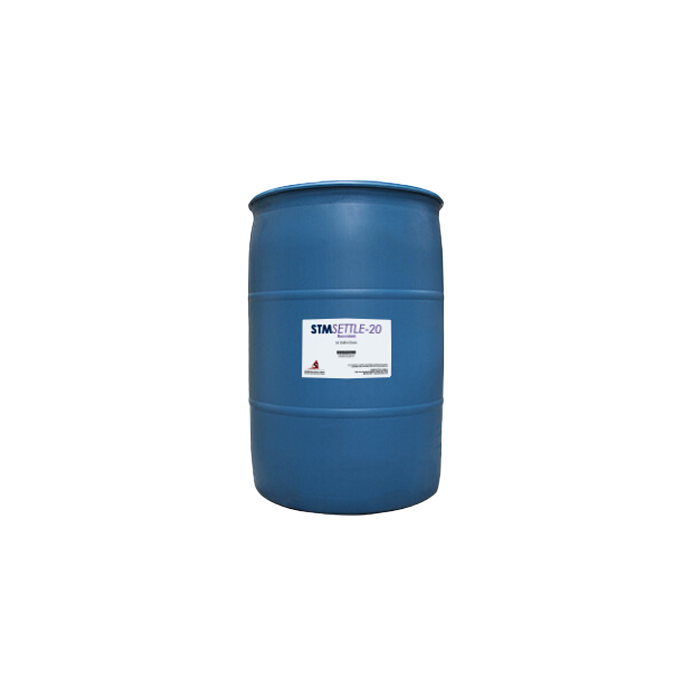
The
Chlorine Reducer is a specialized water treatment chemical designed to
neutralize and remove residual chlorine from water effectively. It plays a
vital role in various applications, particularly in reverse osmosis (RO)
systems, industrial water treatment, aquaculture, and wastewater recycling
plants. Chlorine, although essential for disinfection, can cause severe damage
to RO membranes and other sensitive equipment if not properly removed. The
Chlorine Reducer ensures water safety, system protection, and process efficiency
by eliminating free chlorine and chloramine residues from treated water.
Overview
In
many municipal and industrial water systems, chlorine is used as a disinfectant
to kill harmful microorganisms. However, before water enters critical equipment
such as reverse osmosis membranes, ion exchange resins, or process lines, it
must be dechlorinated to prevent oxidation damage. The Chlorine Reducer
works by reacting rapidly with free chlorine and neutralizing it, converting it
into harmless chloride ions.
This
chemical ensures that water is safe for downstream equipment and processes that
are sensitive to oxidation. It is easy to apply, highly effective even at low
dosages, and compatible with a wide range of water treatment processes.
Composition and Chemical Nature
The
Chlorine Reducer is typically composed of sodium bisulfite (NaHSO₃),
sodium metabisulfite (Na₂S₂O₅), or similar reducing agents. These compounds act
as strong oxygen scavengers, reacting quickly with free chlorine and
chloramines in water.
The reaction process neutralizes chlorine, forming harmless by-products such as sulfate ions and water, without affecting the pH or conductivity of the treated water. The compound is usually available in powder or liquid form, making itadaptable for both manual and automatic dosing systems.TypicalFormula:
Na₂S₂O₅ + H₂O → 2NaHSO₃
NaHSO₃ + HOCl → HCl + NaHSO₄
This
simple but highly efficient chemical reaction ensures instant chlorine removal
from water streams.
Working Principle
The
Chlorine Reducer works on a reduction principle — it donates electrons
to chlorine molecules (oxidizing agents), thereby converting them into chloride
ions.
When
chlorine (Cl₂) or hypochlorous acid (HOCl) comes into contact with the reducing
agent, a redox reaction occurs:
- Chlorine is reduced to
chloride (Cl⁻).
- The reducing agent (such as
sodium bisulfite) is oxidized to sulfate (SO₄²⁻).
This
reaction is fast and complete, ensuring zero residual chlorine levels before
the water enters sensitive equipment such as RO membranes or resin filters.
Key Features and Benefits
- Rapid Chlorine
Neutralization:
Instantly removes residual chlorine and chloramines from treated water, protecting downstream systems. - Membrane and Equipment
Protection:
Prevents oxidation damage to RO membranes, ion exchange resins, and other process components. - High Efficiency at Low
Dosage:
Requires minimal dosage to achieve complete chlorine reduction, ensuring cost-effective operation. - Safe and Easy to Use:
Available in both powder and liquid forms for easy handling, storage, and dosing. - Compatibility:
Suitable for use with all types of RO systems, deionization units, and filtration setups. - Stable Performance:
Consistent results under a wide range of operating conditions, including varying pH and temperature. - Environmentally Friendly:
Converts chlorine into harmless chloride ions without introducing harmful by-products into the water. - Non-Corrosive Formula:
Safe for system components and does not alter the water’s chemical balance when properly dosed.
Applications
The
Chlorine Reducer is a versatile solution used across many industries and
processes, including:
- Reverse Osmosis (RO)
Systems:
Removes free chlorine from feed water before it enters the RO membrane, ensuring membrane longevity and performance. - Water Treatment Plants:
Used for dechlorination in both municipal and industrial water treatment processes. - Aquaculture and Fisheries:
Neutralizes chlorine in water to create a safe environment for aquatic life. - Food and Beverage Industry:
Ensures chlorine-free water in production and rinsing processes where taste and purity are critical. - Pharmaceutical and Laboratory
Applications:
Used in the preparation of chlorine-free process water for sensitive chemical and biological reactions. - Wastewater Treatment:
Removes chlorine prior to biological treatment or discharge, protecting microbial populations and meeting environmental regulations.
Technical Specifications
- Appearance: White crystalline powder or
clear liquid
- Chemical Composition: Sodium Bisulfite (NaHSO₃) /
Sodium Metabisulfite (Na₂S₂O₅)
- Solubility: Completely soluble in water
- pH Range (1% Solution): 4.0 – 5.0
- Dosage: Typically 1.0 to 1.5 mg of
Chlorine Reducer per mg of free chlorine
- Reaction Time: Instantaneous
- Storage Temperature: 5°C to 40°C
- Packaging: 25 kg bags / 50 kg drums /
200 L containers (as required)
Handling and Safety Precautions
- Store in a cool, dry, and
well-ventilated area, away from heat and direct sunlight.
- Avoid contact with strong
oxidizing agents or acids.
- Use gloves, goggles, and
protective clothing when handling.
- In case of contact with eyes
or skin, rinse immediately with plenty of water.
- Follow local environmental
regulations for safe disposal of unused material.
Advantages in RO Systems
- Membrane Protection: Prevents chemical degradation
and pinhole damage caused by chlorine oxidation.
- Improved System Efficiency: Maintains membrane
permeability and flow rates.
- Cost Reduction: Extends membrane life,
reducing the need for frequent replacement.
- Consistent Water Quality: Ensures chlorine-free feed water for stable RO performance.
Conclusion
The
Chlorine Reducer is an essential chemical for any water treatment
process that involves chlorinated feed water. Its ability to quickly and
effectively neutralize residual chlorine makes it indispensable in ensuring the
safety and longevity of RO membranes, industrial systems, and sensitive
applications.
By
providing reliable chlorine removal, the Chlorine Reducer enhances overall
system performance, reduces operational costs, and safeguards downstream
equipment. Whether for industrial, commercial, or environmental use, thisproduct guarantees clean, chlorine-free water suitable for the most demanding
applications.
| CHLORINE REDUCER |
|---|
(0)
Login To Leave Review
Related Products
EMI Details
T&C